Your lawn is a barren wasteland. You’ve clipped, watered, pleaded… And those grim patches still glare back. It’s more than eyesore—it’s a turf tragedy begging for heroics. But don’t resign to a sea of brown… You can slash through dead roots, Evict that sad thatch, And spark a legendary green comeback. In 18 fearless moves… You’ll learn to nuke old sod, Rescue struggling soil, And pick grass varieties built to survive roasting sun and pesky invaders. Aeration, fertilizing, perfect watering rhythms—each tip arms you for victory. No more guesswork with pH tests, shady myths, seed mixes, or timing. Wave farewell to patchy nightmares and reclaim your weekend freedom. Soon, you’ll behold a carpet of emerald blades, Glistening with dewy pride, Turning your wasteland into a verdant masterpiece. Ready to trade brown for brilliant? Grab your spade, roll up your sleeves, And let’s resurrect your lawn into a riot of living green glory you’ll brag about.
Soil Testing Basics

Understanding your soil is the first step to a healthy lawn. Testing reveals pH levels and nutrient deficiencies. This knowledge guides you in amending the soil for optimal grass growth. A simple soil test kit is affordable and easy to use. Check the results against recommended levels for your grass type. Adjust the soil pH by adding limestone or sulfur as needed. A well-balanced soil promotes robust root development. It also enhances the grass’s ability to absorb water and nutrients effectively. Soil testing is a vital exercise for anyone aiming for a lush lawn.
Clearing the Dead Lawn

Removing a dead lawn might seem daunting, but it’s an essential step towards new beginnings. Start by mowing the grass as short as possible. Use a rake to remove the dead grass and debris thoroughly. This clears the area and prepares the soil for new seeds. You can also use a sod cutter for larger areas. This equipment makes the process quicker and more efficient. Clearing the dead lawn ensures new grass seeds have direct contact with the soil. This step is crucial for successful germination and growth.
Choosing the Right Grass Type

Selecting the appropriate grass type is key to a thriving lawn. Consider your climate, soil type, and lawn usage when choosing. Cool-season grasses, like Kentucky bluegrass, thrive in northern climates. For southern regions, warm-season grasses, such as Bermuda grass, are ideal. Each grass type has unique characteristics and maintenance needs. Reading labels and researching will help you make an informed decision. The right grass ensures adaptability and resilience. It leads to less maintenance and a healthier lawn overall, making your efforts worthwhile.
Prepping the Soil
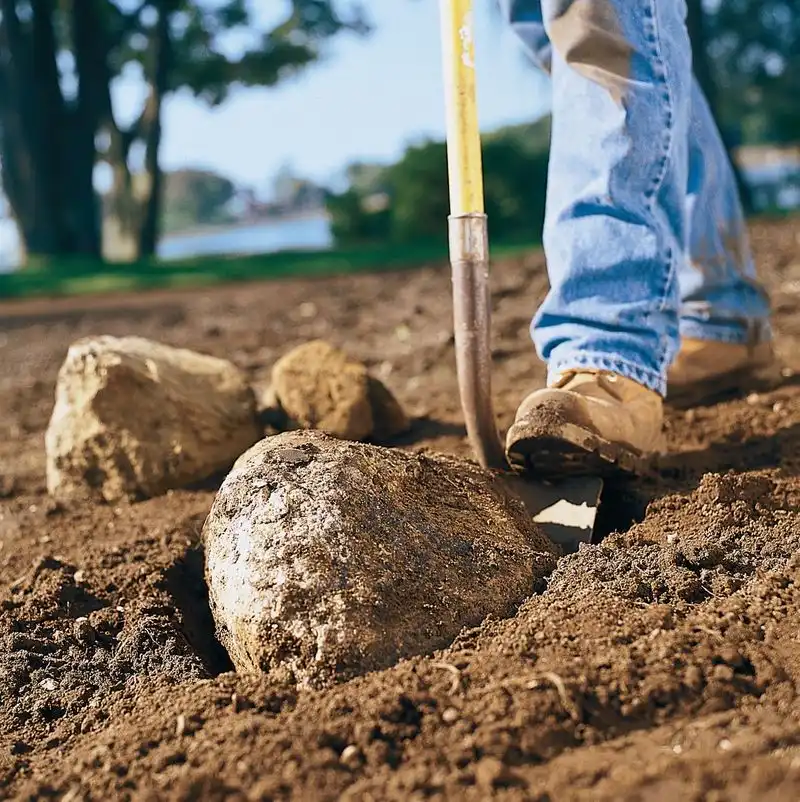
Preparing the soil is crucial before planting new grass. Begin by tilling the soil to a depth of six inches. This loosens compacted soil, allowing roots to penetrate easily. Remove rocks and debris to create a smooth surface. Adding organic matter like compost enriches the soil. It improves drainage and nutrient content, creating a fertile bed for seeds. Level the soil with a rake for even grass growth. Proper soil preparation sets the foundation for a resilient lawn. It’s a step you shouldn’t overlook in your lawn revival journey.
Seeding Techniques

Seeding is an art that requires precision and care. Even distribution of seeds ensures uniform grass coverage. Use a broadcast spreader for large areas or your hand for smaller patches. Overlapping passes prevent missed spots. After seeding, lightly rake the soil to cover seeds. This enhances seed-to-soil contact, crucial for germination. Water immediately to initiate growth. Mastering seeding techniques results in a dense, lush lawn. It’s not just about scattering seeds; it’s about nurturing them to life.
Watering Wisely
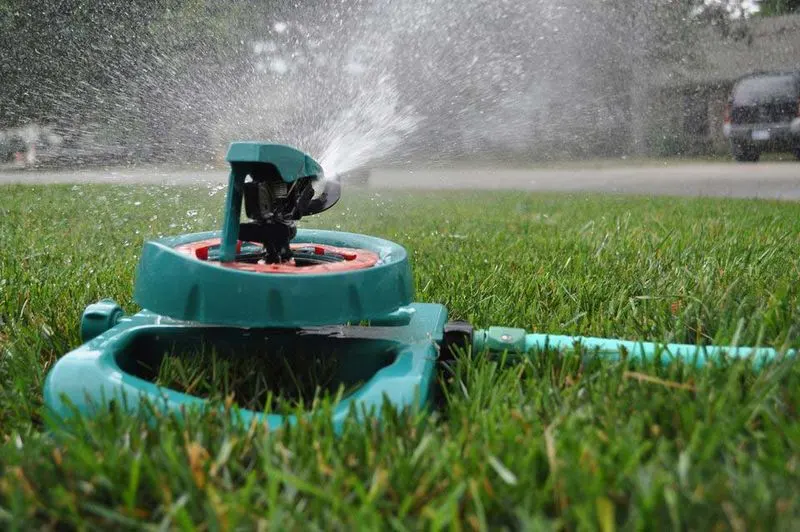
Proper watering practices make or break a new lawn. Newly seeded areas require gentle, frequent watering. This keeps the soil consistently moist, aiding seed germination. Gradually reduce frequency as grass establishes. Water early in the morning to minimize evaporation. Deep, infrequent watering encourages deep root growth. Avoid watering at night to prevent fungal diseases. Invest in a timed sprinkler system for convenience and consistency. Mindful watering habits foster a robust, healthy lawn that stands up to stress.
Fertilizing for Growth
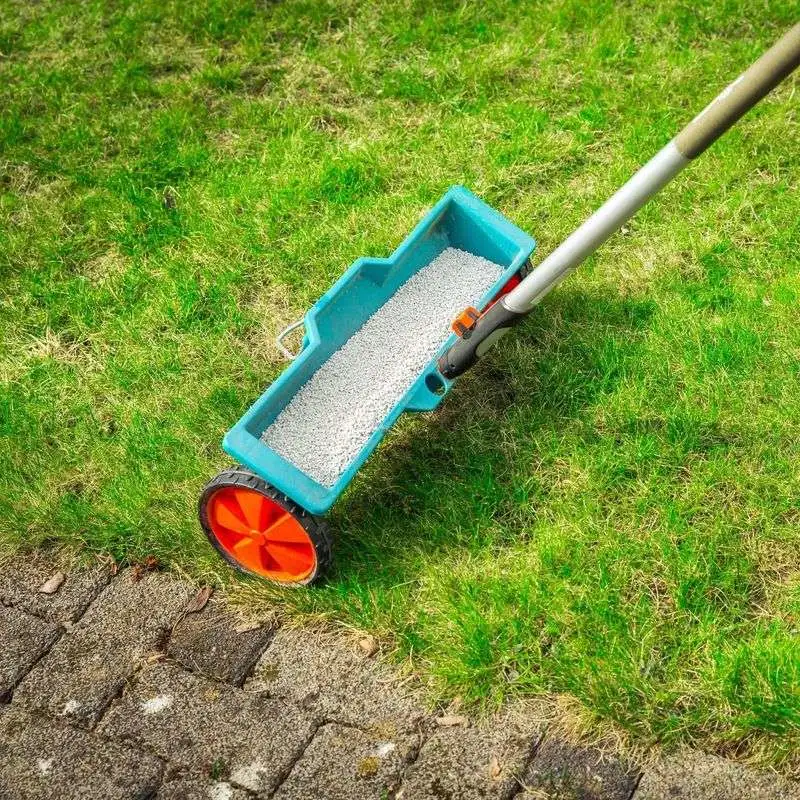
Fertilizing is essential to fuel grass growth. Choose a starter fertilizer high in phosphorus to encourage root development. Apply it before or just after seeding. Even distribution is key, so consider using a spreader. Follow up with a balanced fertilizer once the grass is established. This supports continuous healthy growth. Too much fertilizer can harm new grass, so stick to recommended amounts. Fertilizing provides the nutrients your lawn needs to thrive. It’s a vital step in turning your lawn into a green paradise.
Topdressing the Lawn
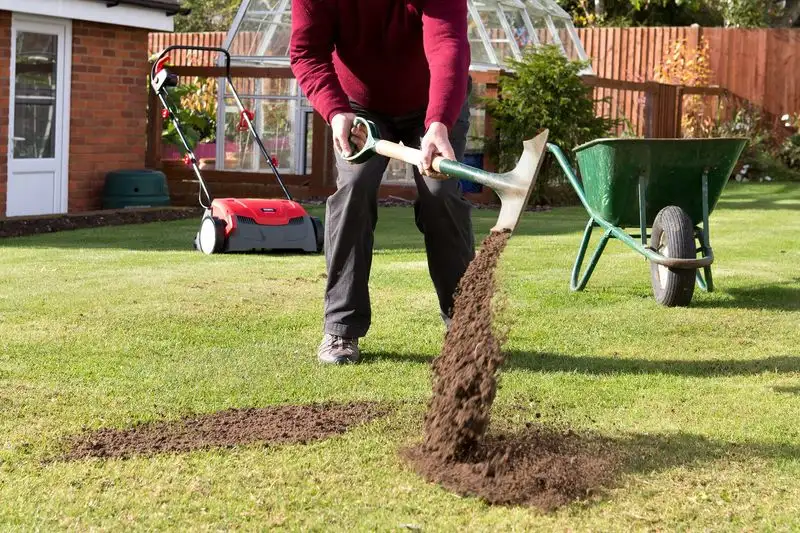
Topdressing rejuvenates the lawn and enhances soil quality. Spread a thin layer of compost or sand over the grass. This improves soil structure and drainage. It also provides a slow-release of nutrients. Topdressing is best done in the growing season. It encourages new growth and thickens the lawn. Avoid smothering the grass with too much material. The benefits of topdressing include improved health and resilience of your lawn. It’s a practice that supports a lush, thriving landscape.
Aerating the Lawn

Aeration is vital for lawn health, especially in compacted soils. It involves perforating the soil with small holes to allow air, water, and nutrients to reach roots. Use a manual or machine aerator depending on your lawn size. Aerate when the soil is moist but not waterlogged. This process enhances root growth and alleviates soil compaction. Aeration is typically done once or twice a year. It’s a simple yet effective way to boost your lawn’s vitality and resilience.
Mulching Benefits
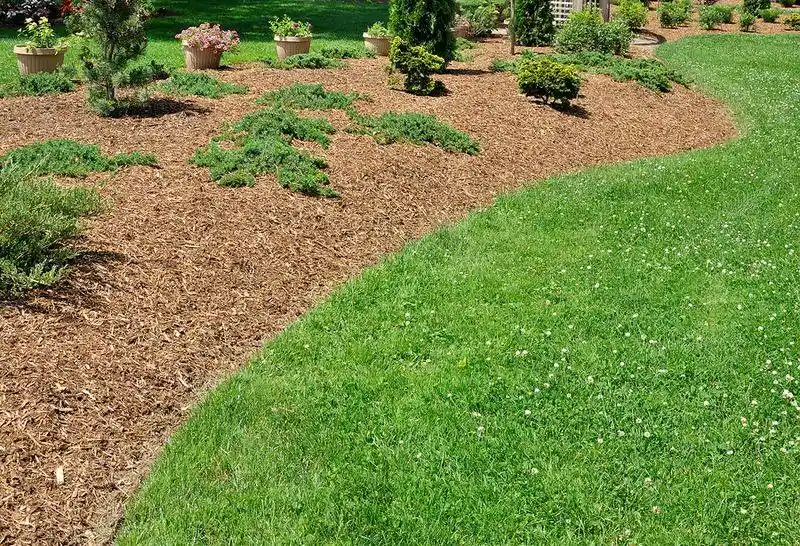
Mulching offers protective benefits for your lawn. It involves placing a layer of material, such as bark or grass clippings, over the soil. This conserves moisture, suppresses weeds, and adds organic matter as it decomposes. Mulching also moderates soil temperature, protecting roots from extreme heat or cold. It’s an eco-friendly practice that nurtures the lawn’s ecosystem. Regular mulching contributes to a healthy, vibrant lawn. It’s a sustainable strategy that supports long-term lawn health.
Weed Control Strategies
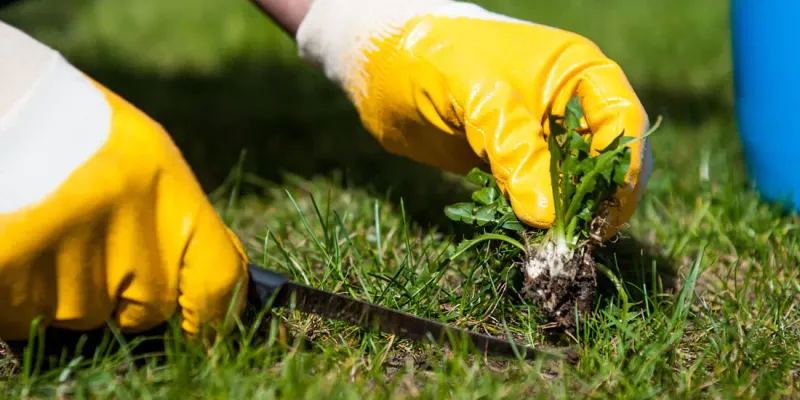
Weeds compete with grass for nutrients and space. Effective weed control is crucial for a thriving lawn. Start with pre-emergent herbicides to prevent weed seeds from germinating. For existing weeds, pull them by hand or use a post-emergent herbicide. Choose organic options to avoid harming beneficial organisms. Regular mowing keeps weeds in check and encourages grass growth. A well-maintained lawn naturally suppresses weeds. Consistent weed control results in a pristine, lush landscape.
Pest Prevention and Management
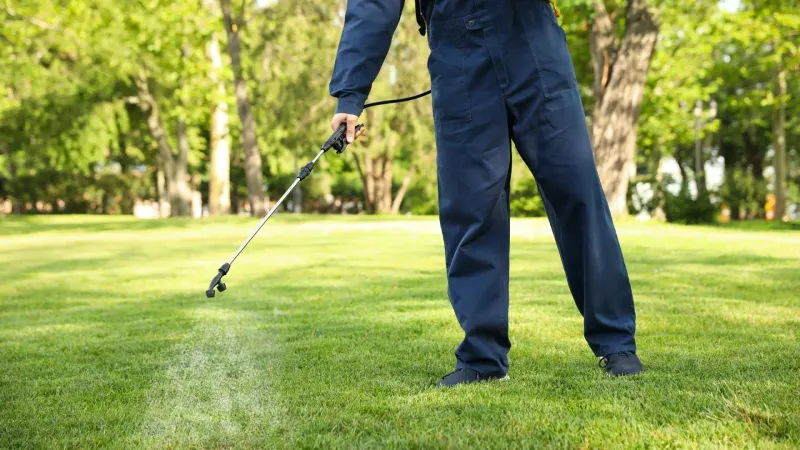
Pests pose a threat to lawn health, but preventive measures can mitigate this. Regularly inspect your lawn for signs of pests such as grubs or beetles. Encourage natural predators like birds to keep pest populations in check. Use eco-friendly pesticides if necessary, targeting only affected areas. Healthy lawns naturally resist pests, so focus on overall lawn care. Integrated pest management strategies combine multiple approaches for best results. This balanced approach keeps your lawn thriving and pest-free.
Regular Mowing Practices
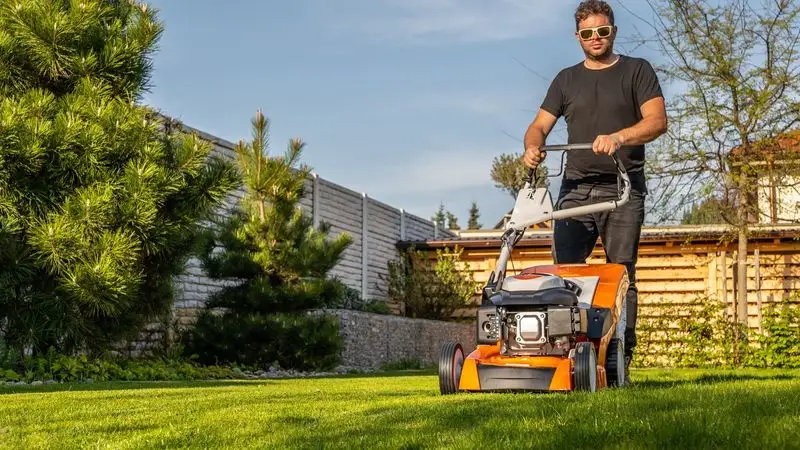
Mowing is more than just cutting grass; it’s an art. Keep mower blades sharp for clean cuts. This prevents damage and stress on the grass. Adhere to the one-third rule: never cutting more than one-third of the grass height at a time. Regular mowing promotes dense, healthy growth. Adjust mowing height according to the season and grass type. Taller grass shades soil, reducing evaporation and suppressing weeds. Consistent mowing contributes to a well-manicured, vibrant lawn.
Lawn Edging Techniques

Edging your lawn adds a polished look and prevents grass from invading garden beds. Use a spade or an electric edger for sharp, clean lines. Edging defines spaces and enhances the overall aesthetic of your yard. It also makes maintenance simpler by creating clear boundaries. Regular edging keeps your lawn tidy and well-defined. This attention to detail elevates the appearance of your outdoor space. It’s a small effort that makes a significant impact.
Seasonal Lawn Care Adjustments
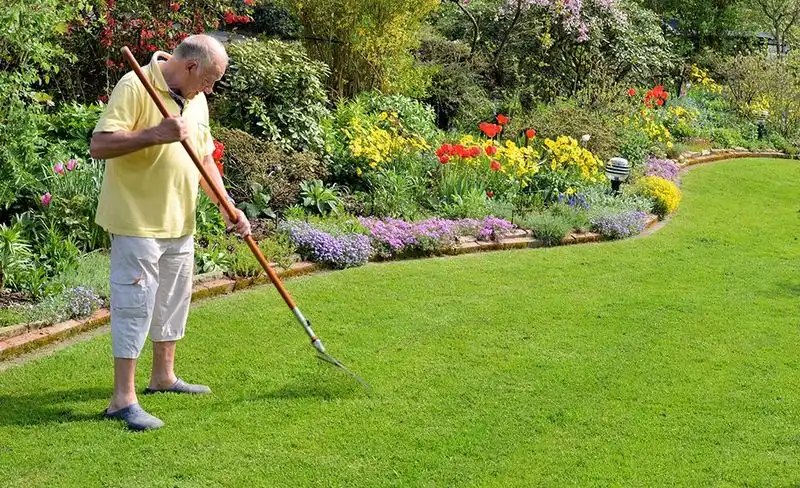
Lawn care needs change with the seasons. Spring is for fertilizing and seeding, while summer focuses on watering and mowing. Fall is ideal for aeration and overseeding. Adapt practices to match seasonal demands. This ensures your lawn receives the right care at the right time. Adjustments prevent stress and promote continuous growth. Embracing seasonal changes keeps your lawn lush year-round. It’s the secret to sustained lawn vitality.
Optimizing Sunlight Exposure

Sunlight is essential for photosynthesis, fueling grass growth. Evaluate your lawn’s exposure and trim overhanging branches as needed. Ensure grass receives at least six hours of sunlight daily. For shaded areas, choose shade-tolerant grass varieties. Balance sunlight and shade to support even growth. Sunlight optimization is vital for a thriving lawn. It boosts health and resilience, creating a verdant oasis.
Understanding Lawn pH
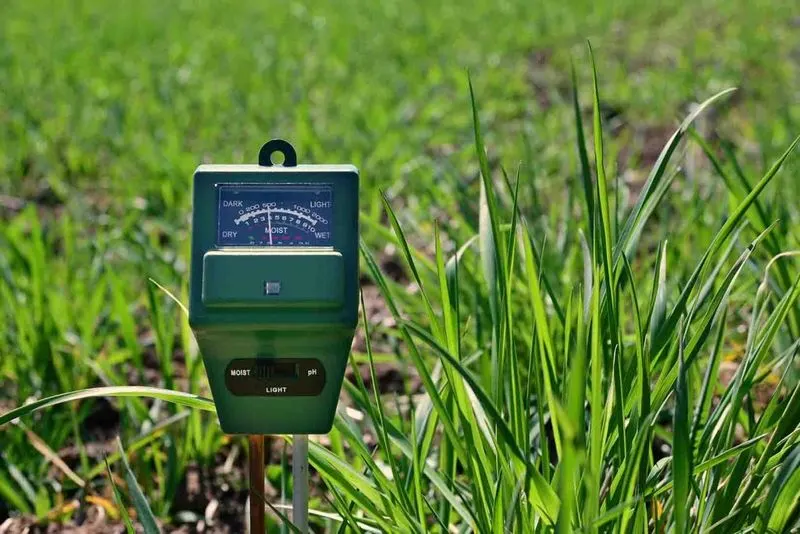
The pH level of your soil affects nutrient availability and grass growth. A pH between 6.0 and 7.5 is ideal for most grass types. Use a pH meter to check your soil. Amend the soil with lime to raise pH or sulfur to lower it as necessary. Maintaining the correct pH ensures optimal nutrient uptake. This leads to healthier, more robust grass. Regularly monitoring pH keeps your lawn in excellent condition.
Budget-Friendly Lawn Care Tips
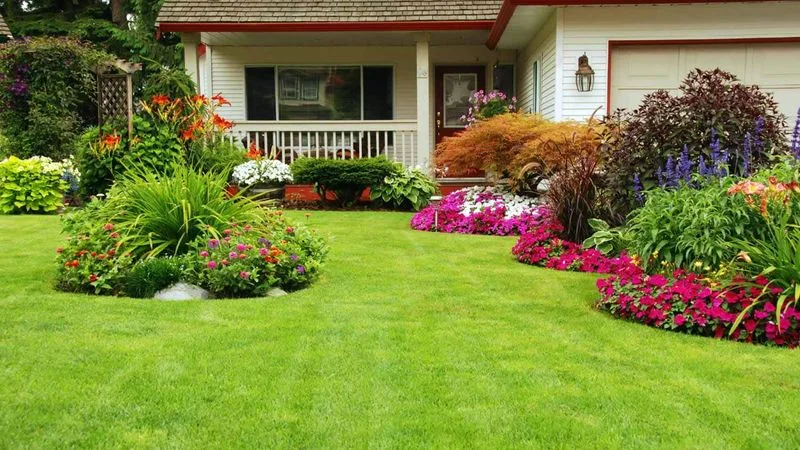
Achieving a beautiful lawn doesn’t have to break the bank. Use home remedies like vinegar for weed control and compost for fertilization. DIY equipment maintenance saves money. Prioritize essential tasks like seeding and watering. Research and plan purchases during sales. Focus on cost-effective practices that yield long-term benefits. Smart budgeting ensures a lush lawn without financial strain.

